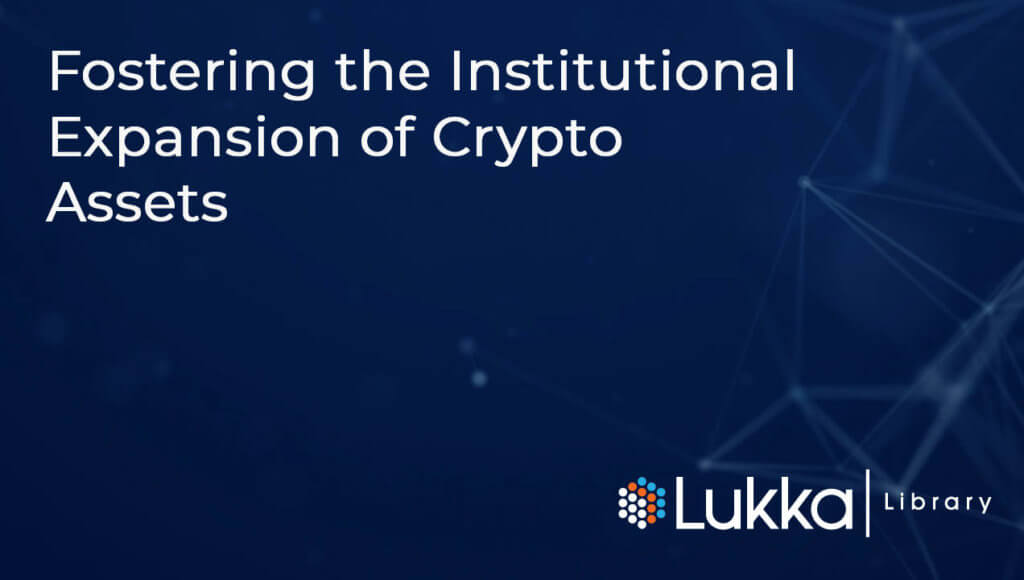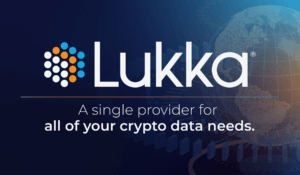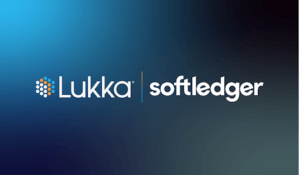In the early days of rail transport in the United States, railroads were built out of coastal cities into the hinterland. These railroads did not connect with one another and each builder was free to construct his own individual path. Eventually, American railroad tracks extended to the point that they began to interconnect, and that’s when it became clear that a single standardized track gauge was necessary to pave the way for the future of transportation.
Just as the standardization in transit infrastructure allowed trains to revolutionize travel, technology in the world of cryptocurrencies is similarly laying the groundwork for the future of trading and investing. Concerns about data connectivity, standardization, reconciliation, processing, and reporting are no longer commonplace in traditional markets but are very prevalent in the crypto asset ecosystem because it is still in its infancy.
The blockchain universe has gone back to the era of ‘individualism’ to declare independence from financial governance; however, centuries of experience have taught us that collaboration is imperative to success. Each coastal city did not build nationwide rail systems that only supported their specific trains; they worked together to optimize the mode in order to focus on the means.
Institutional participation in the crypto world requires similar teamwork. Data is already ubiquitous and complex; and a distributed and decentralized world only compounds the problem. All businesses have a fundamental need for accessible and digestible data. It is unfathomable to imagine each financial institution building siloed connectivity into the crypto ecosystem.
A common misconception is that the blockchain itself is the ‘method’. In actuality, most crypto trades occur off the chain – exchanges transact within their marketplace environment and OTC trades often occur over the phone, via email, or on various messaging platforms.
In order for institutions to capture all their crypto trades, transfers, and fees data, they need secure and scalable connectivity to all the trading platforms, OTC desks, and wallets within their business purview. To complicate matters, the crypto asset ecosystem has introduced a gamut of trading and storage venues; there are dozens of exchanges available in the traditional markets, compared to hundreds that the crypto world hosts.
Furthermore, collected data is not enough. Due to the early stage of the crypto asset class, the standardization of an assets’ terms and conditions, which traditionally are customary, have not been established yet. Crypto assets bear inconsistent naming functions across exchanges, complicating traditional data processing and reporting.
Based on our own data services, there are more than 200 instances of crypto asset duplicates, and another 200 instances where exchanges abandon an asset’s designated ticker and create a new one. The most difficult data reconciliation undertakings materialize when different exchanges use the same ticker for different crypto assets.
This overwhelming insight begs the question, how can I organize my data in a consumable way? Raw data is useless without a unique identification for reference, validation for accuracy, normalization for consistency, and mapping for arrangement.
Regulated standards for digital assets are inevitable, but history has shown us it will be a slow and lengthy process. The pace of technological advancement is light-years ahead of governance. As a result, the solution will not be standardization in the short-to-near term, but rather technology to facilitate operational procedures to support institutional involvement in crypto’s current state.
The crypto asset class is new and requires the same attention to infrastructure as all young financial markets. As blatantly as trains require a different transportation mode than cars, crypto requires different technology than traditional assets. With any emerging and unfamiliar market, universal infrastructure and tooling ultimately become an integral part of ensuring sustainable and successful growth.




